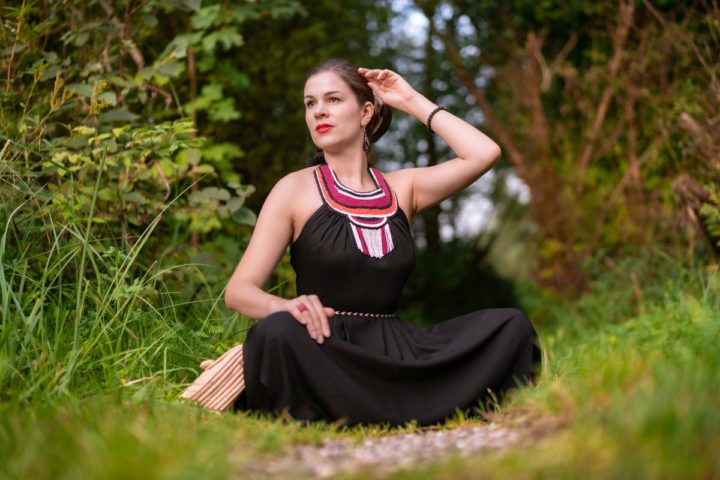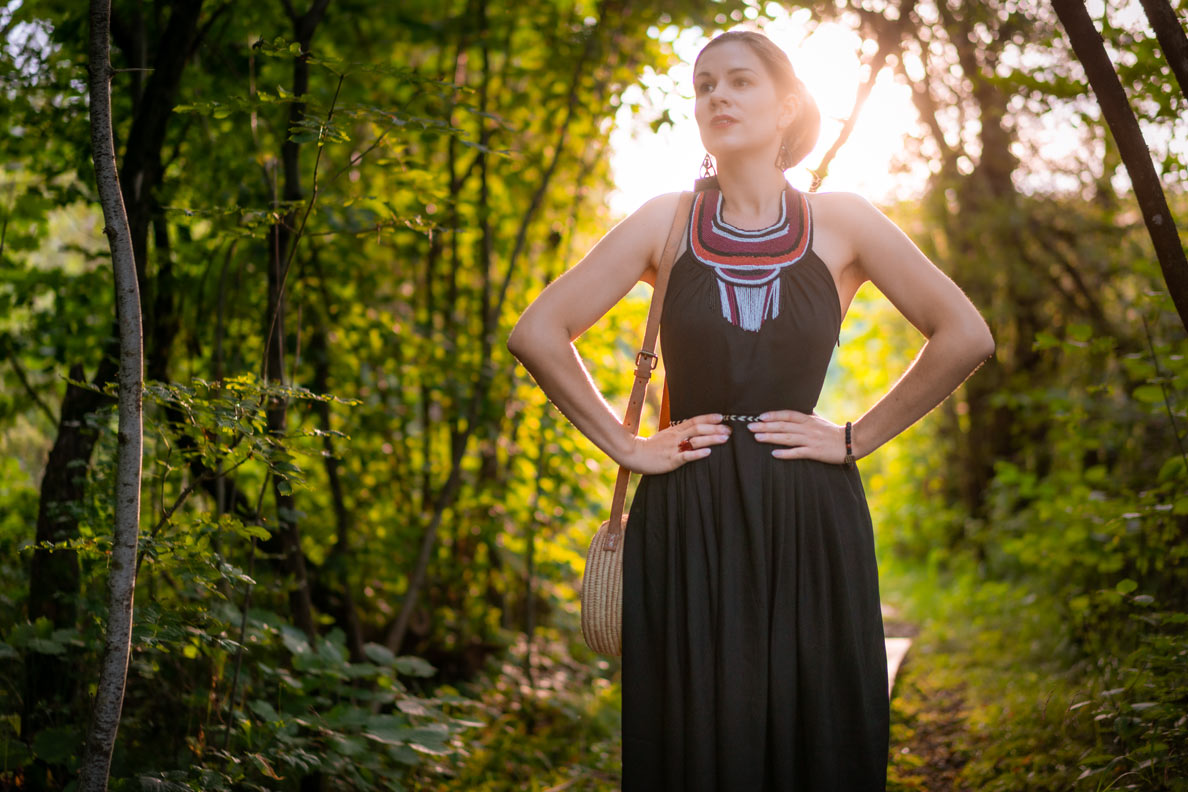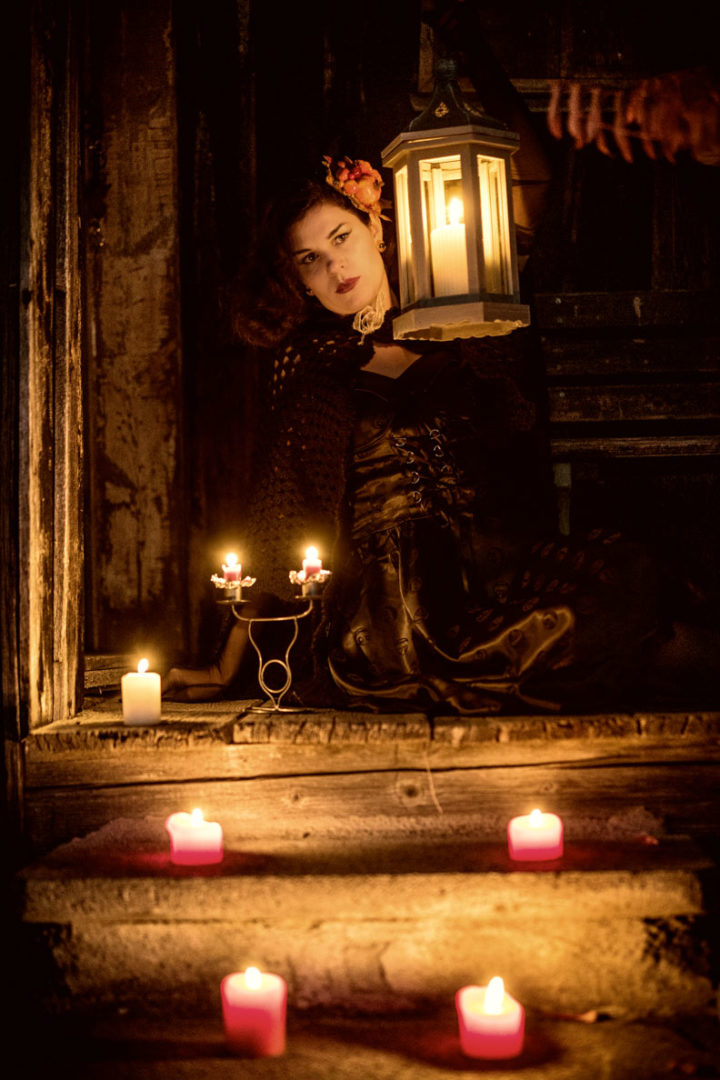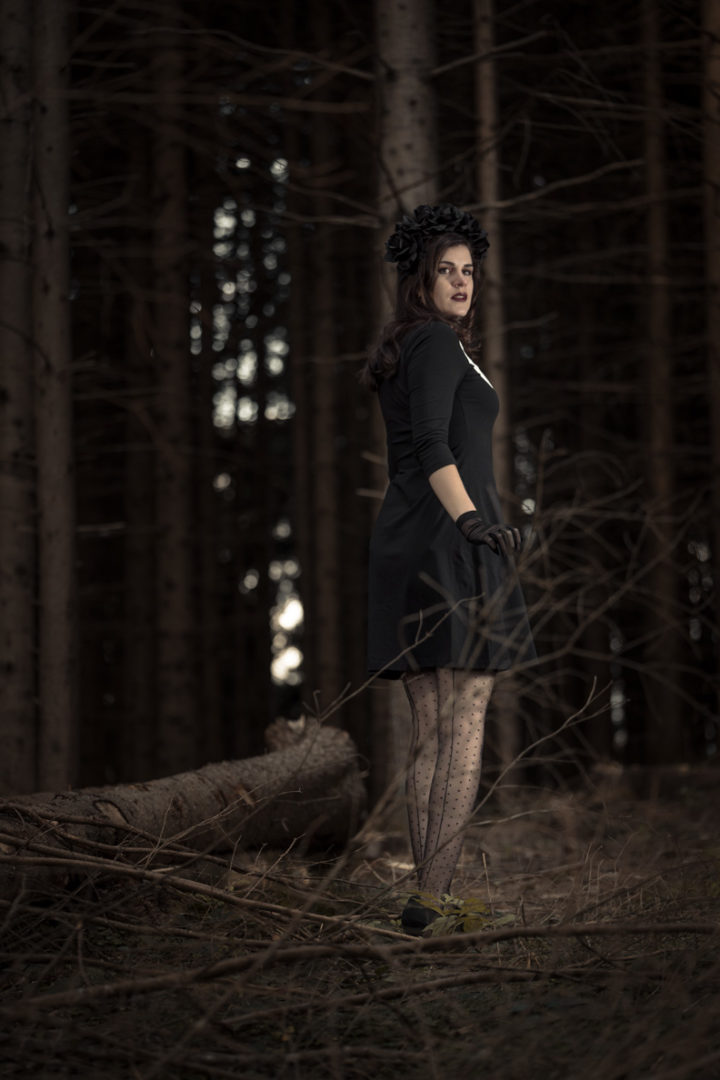
A walk through the story of the German Forests
While the first leaves are already changing their colour from a deep green into yellow and red, summer came back to Bavaria for a few days. The warm sunrays felt so good on the face, while I was watching the busy squirrel getting ready for the cold season. It is the time to wear the beautiful summer dresses for one last time this year. Those last few warm days of the year are perfect for long walks through the woods and to get ready for autumn and winter.
From broad leaved Forest to conifer Forest: The German Woods over Time
This romantic picture of a dreamy forest with all its denizen actually is quite new in Germany. Over a very long period, the woods where rather seen as an obstacle and a quite eerie place. Already the Neolithic peasants started to clear former forest at places where the soils where good. Around the Nativity, the German forests already lost about one fourth of their former area. However, in the place we now call Germany, there were still a lot of huge, unsettled, and pristine ancient woodlands.
Due to these wild, ancient woodlands in Germania, the Germani where able to expel the Romans. So it is no wonder that the Germani really worshiped their woodlands. The Romans, on the other side, liked to call Germania the land of sinister forests.
Until the Middle Ages, this changed drastically. The growing cities engulfed huge areas of forests, and wood was an important building material and fuel. Furthermore, forests where cleared so the areas could serve as pastures. At around 1400, deforestation was a severe problem. So in the 15th century, the first principalities issued forest regualtions to save the woods.
Nevertheless, the forests were still in danger. For a very long time, wood was one of the most important building material, and also the industrialisation in the 19th century engulfed huge amounts of trees. With the fear of a shortage of wood in mind, in the 19th century, reforestation and a sustainable forestry started. Back then, mainly unpretentious spruces were plant. So the once wild, ancient woodlands became an intensively managed, commercial forest. While German woodlands used to mainly consist of broadleaves back in time, we now mostly have coniferous trees.
But not even our forests were spared from the NS regime in the 20th century. Although they started to plant especially the oak trees (an important tree in the Germanic culture), huge forest areas fell victim to war economy. After the end of World War II, deforestation still went on. Germany had to make reparations payments to the victorious powers, which partly consisted of huge amounts of woods. Furthermore, Germany itself needed wood for the reconstruction. So again, lots of trees, mainly spruces, were plant. By now, about one third of Germany is covered by woodlands, again.
Nowadays, mainly air pollution gives the forests a hard fight. The woodlands are not only the lungs of our planet, the home of so many different animal and plant species, in Germany, they are also part of our culture, where fairytales and myths are born. So it is more important than ever before to protect them.
Woodland Myths: From an eerie Place to a Resort
While the Germani really worshiped the woodlands, in the Middle Age and even until the 18th century, people mainly saw the forest as an eerie place where creepy creatures, wiches, and wizards live. Our forests are the place where myths and legendary creatures are born. The fairytales of the Grimm Brothers, with its vicious wiches, and ravenous wolves living in the woods, also didn’t really help to better the spooky reputation of the forest.
In the 19th century, though, especially the metropolitans discovered the forest as a place to escape from the smelling, fuggy cities. This was the time, when the image of the woods changed. During Romantic period, Germans discovered their love for the forest and stared to safe the woodlands. Poets and artists started to show the woods from a completely different, very romantic side. Aristocratic summer vacationists, “Sommerfrischler“, went hunting in the forest or simply walked through the woods. A pretty good idea, such a forest walk, by the way.
The green of the forest has a calming effect, and a walk through the woods stimulates the immune system. The healing effect of the woods is not a myth, but a fact – a free spa holiday, so to speak. In Germany, the National Forest Act guaranties that everyone is allowed to visit and walk through the forests, even those in private hands. German forests now cover one third of our country and sometimes even extend into our cities. The woods are such precious places that require protection. Beside all those healing effects, forests absorb huge amounts of carbon and are not for nothing called the lungs of our planet.
So what can we do to protect the Woods in our everyday life? Quite a few things! Here are some very easy examples:
- Inform yourself about the importance of our forests and raise awareness.
- Lower the meat consumption, as huge amounts of woodlands fell victim to the meat industry every year.
- Using wood and paper products sparingly.
- Using recycled paper.
- Watching out for FSC certified wooden products.
- Never leaving our rubbish in the forest!
- Cut emissions in everyday life. What about using your bicycle instead of the car, whenever possible? This is not only healthier for the forest, but also for ourselves.
Do you have more tips and recommendations on how to protect our forests? Please share them with us in a comment!
A Forest Walk with a Summer Dress by Lena Hoschek
On one of the few warm September weekends, we headed to Tegernsee. Around this lake, you will find lots of forests and small ways that are perfect for a relaxed walk through the woods. Afterwards, we enjoyed the golden evening sun near my parents’ home and walked through a small, but charming forest. Even on very hot days, temperatures in forests are still pleasant and the fresh air always calms me down. The perfect way to relax after a busy week and recharge my batteries for the upcoming days.
Late summer is the time to enjoy the warm temperatures for one last time of the year and wear the most beautiful summer dresses again. My timeless, classy dress is by Lena Hoschek and one of the very few pieces I bought this year. My closet is full of stuff, and I only want to add things I really love and will be able to wear for many years. So it is important to choose clothes that are made of high-quality fabrics and have a classy, timeless design.
The Lena Hoschek dress is from the “Mama Africa” collection of 2015, but in contrast to many other trend pieces of modern fashion world, it still looks great and definitely not “last season”. An advantage of such timeless garments is that you don’t have to replace them by the latest “it-piece” next year; I’m sure, this summer dress will still look great and fashionable in ten years.
I bought my straw bag at summer Tollwood in Munich a few years ago, my black ballet flats are super old, my earrings are from my last trip to Prag and the scarf around my bun is from my grandma.
Outfit Details:
Dress: Lena Hoschek
Ballet flats: old
Straw bag: no name
Earrigns: no name
Headband: Vintage











